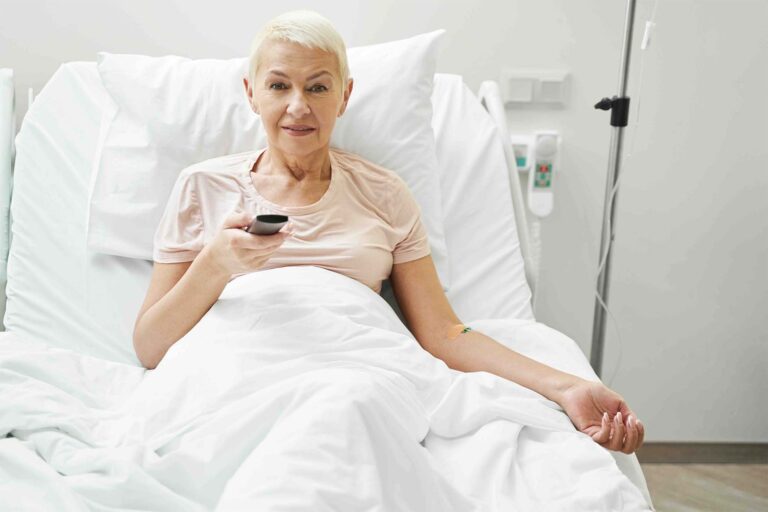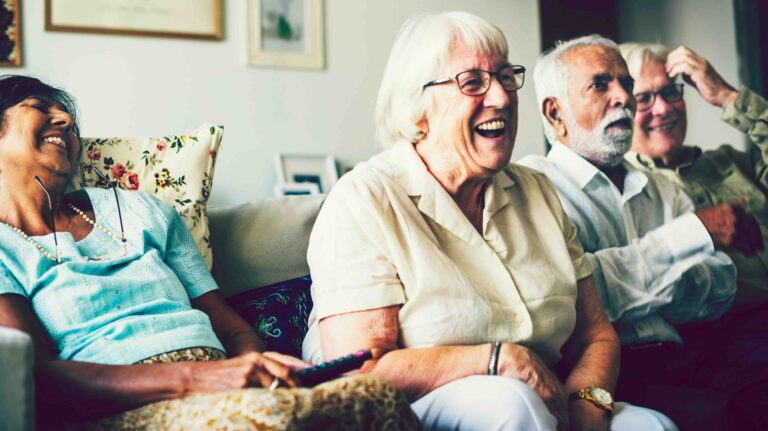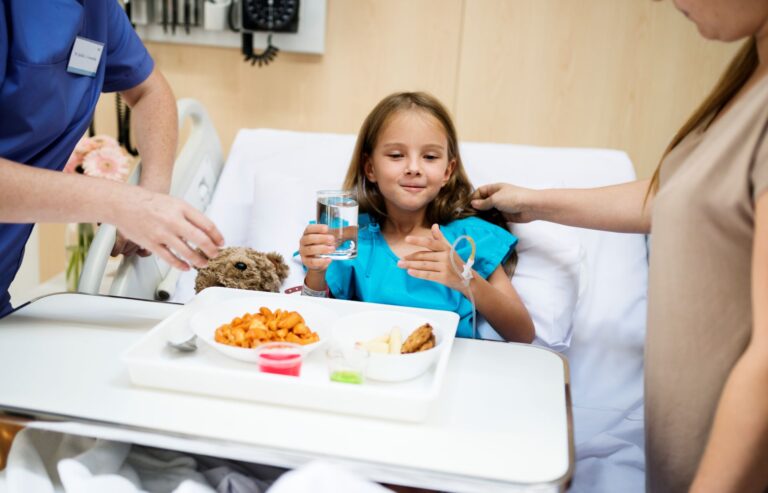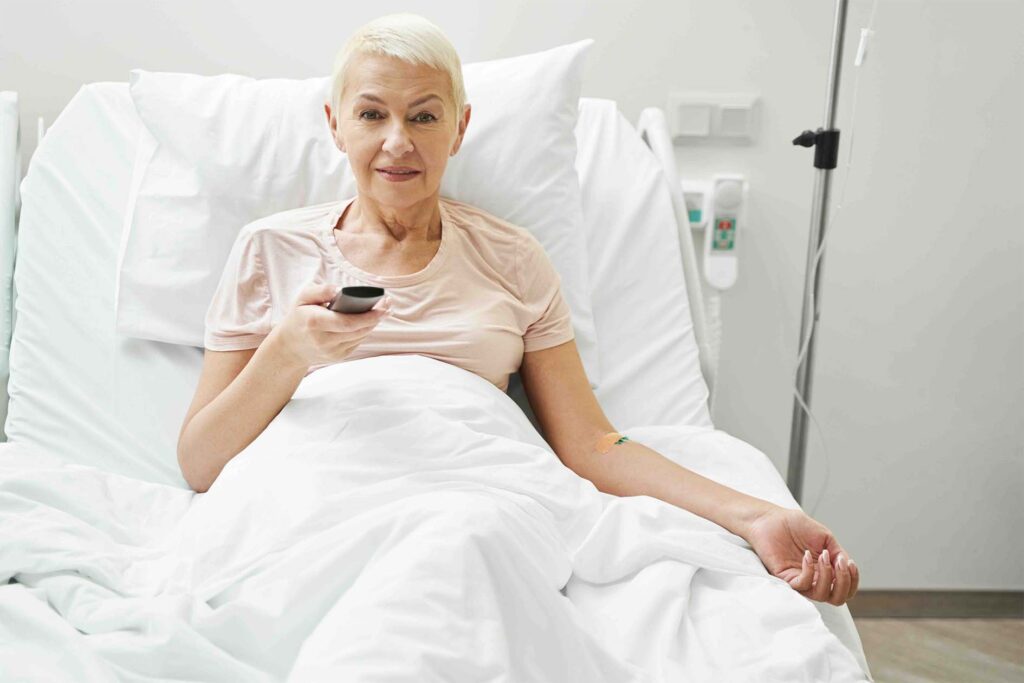
As more and more trusts refresh ageing patient media systems, they are also exploring ways to inform, educate and stimulate patients. Dean Moody, healthcare services director for Airwave Healthcare, explains why.
Tim Kelsey and Martha Lane Fox called for free-of-charge WiFi throughout the NHS back in 2015. NHS England’s then national director for patients and information, the former UK digital champion, wanted to give patients greater access to digital health apps, self-help tools, and social networks in ways that could ‘support recovery and promote wellbeing.’
Now, in 2024, this has been widely achieved—at least from a technology standpoint. Free WiFi is available across the health service. However, enabling internet access only goes part way to achieving the goals underpinning the vision.
That’s one reason that more and more UK hospitals are working with Airwave Healthcare to take a different approach to media services.
Why Airwave is helping customers move away from outdated technology
Entertainment services provided on many screens you might find at the hospital bedside have too often been the subject of negativity.
Currently, thousands of patient media systems are still in place on hospital wards in the UK, at best more than a decade old, and many significantly older.
Sometimes, patients are charged more than £10 per day to watch otherwise free television, and these devices can be difficult to operate and sometimes do little to serve the needs of patients or the NHS.
However, with lengthy agreements coming to an end, a drive to rethink a patient entertainment model first introduced a quarter of a century ago has been building momentum within the NHS.
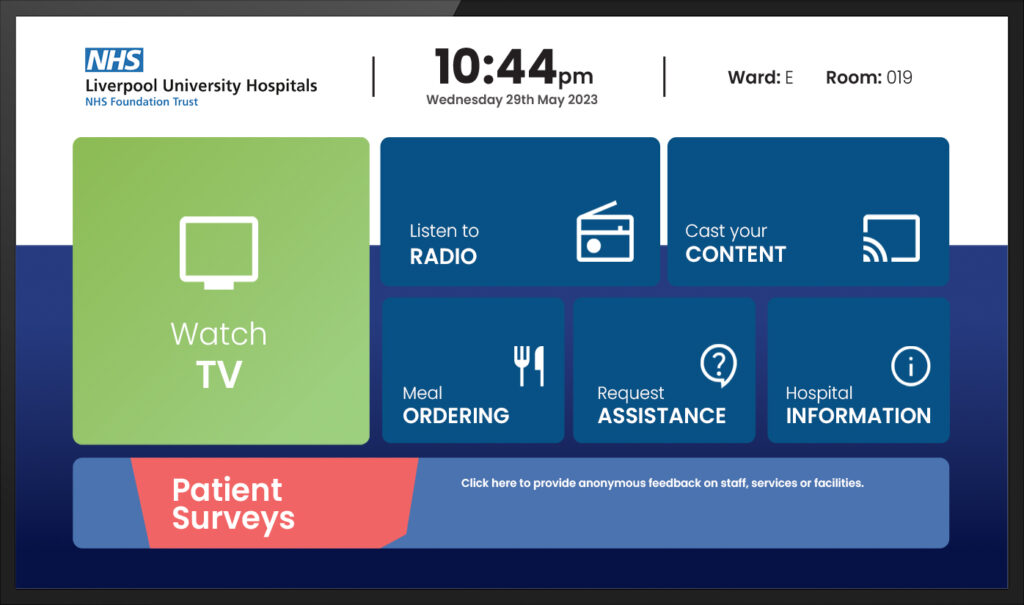
A drive toward patient stimulus technology
Many of our customers aim to provide patients with access to digital assets and patient-facing apps that can inform them about their care. Systems our customers are deploying can amplify information about a patient’s operation or provide further insight and actions that patients can carry out after their procedure to optimise their outcomes.
Digital tools we can integrate into patient entertainment systems and services, like MyCareTV, can support patients in their onward care journey. For example, they can help them find and choose care providers when they leave the hospital.
Trusts are working with us to allow patients to do everything from arranging time with the hospital chaplaincy service to speaking to friends and relatives to ordering from on-site retailers.
Hospitals can also use the same systems to capture patient feedback, such as the NHS Friends and Families Test.
Modern approaches in hospitals we work with require patient media systems to integrate with other hospital systems in ways that can release time for busy nurses. For example, providing patients with the means to order their meals, request a glass of water, or find out when they are likely to go home without needing to ask a question.
How our customers are doing this free of charge for patients
Healthcare providers we work with have been enabling this type of service entirely free of charge to patients.
With healthcare equity now a priority commitment, access to such media and its potential for enhancing the care experience don’t need to be determined based on whether patients can afford to pay.
Healthcare resources are stretched more than ever, and it is easy to dismiss investment in such systems as unnecessary. However, feedback from both staff and patients, where this has been done well, tells a different story of value and impact.
Models can be put in place to make this possible everywhere in the NHS. That’s why we have been working with trusts in fairer ways than some older contracts have allowed, to listen and understand pressures faced on wards and collaboratively create genuine solutions that respond to strategic healthcare needs.
With the need to improve patient experience and satisfaction so high on the agenda of the new government,
a role can be played in addressing national priorities.
Time to take action – start your journey today
We are proud to work with so many forward-thinking healthcare providers who are making patient media systems more than about entertainment. As more organisations look to achieve similar impact, we would welcome conversations, from those with individual providers to policymakers, so that together, we can provide more tools to help stimulate patients and use technology to make a meaningful difference.

